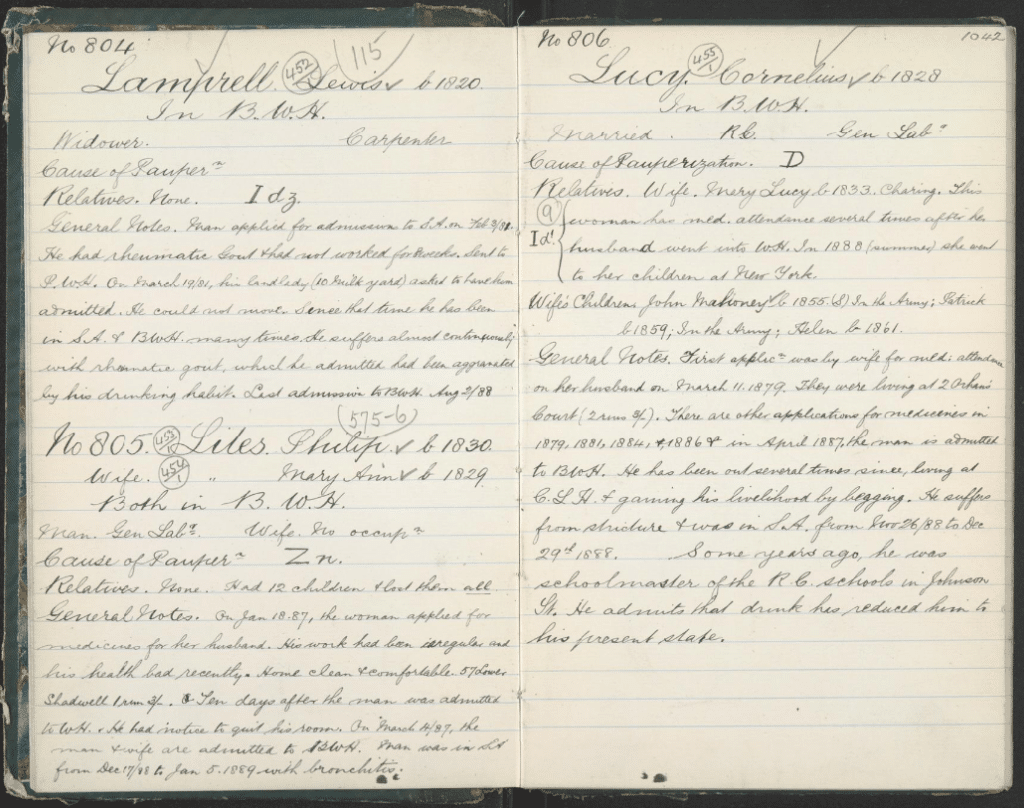In this article, we examine the diary as a qualitative method. Following a few practical examples, we explain the advantages and disadvantages.

Market research is crucial to understanding consumer behavior, preferences, and experiences. Surveys are a particularly popular method for understanding trends, but they’re not the only one. This article gave an overview of creative methods, including the diary. Today, we’d like to take a closer look at the use of diaries and propose some concrete examples of their application.
Entrust your market research to IntoTheMinds
What is a diary?
A diary is a document written by individuals to record current events in their life and social environment. The diary must meet certain conditions to be used in a research project. It must be;
- Personal
- As close a reflection of events as possible
- Maintained regularly
- Without taboos
Under these conditions, the diary becomes a faithful witness to the life and feelings of the person writing it. The diary can also be a tool for the researcher who records their observations during a research project. I’ve already mentioned Charles Booth’s 19th-century research in London . It combined quantitative and qualitative data, notably in the form of a diary in which Booth recorded his reports of visits to residents (see photo below).
Historically, the use of diaries in research has progressed with the availability of recording technologies. In contrast, Charles Booth wrote his diaries by hand; today, voice recorders and speech-to-text reign supreme.
Taking notes has become much easier than it used to be. Technology has brought note-taking closer to action. The time lapse between field observation and transcription has been drastically reduced.
Examples of diary-based research
Historically, many research projects have relied on the recording of information by users. Here are a few concrete examples:
- The measurement of radio audienceswas long based on diaries in which respondents recorded their listening habits. This type of diary provided only structured information (times, durations, radio station names).
- In the UK, the “Expenditure Survey”uses diaries to provide weightings for the Retail Price Index.
- Also, in the UK, the “National Travel Survey” collects information recorded by travelers about their journeys. This approach enriches the external understanding gained by analyzing quantitative data, such as departure and arrival times and delays.
- Phenomenology: certain behaviors can be difficult to observe from the outside without introducing bias. Diaries enable us to understand a phenomenon as closely as possible without participating in it. This can be useful in particularly stressful situations or those involving the intimacy of the individual (for more details, see this article).
Therefore, these projects rely on diaries as a primary collection method (phenomenology) or an additional source.
Using diaries in new product/service research
Diaries can also be useful in more traditional market research. First, let’s look at the context of market research. It often concerns research into a new product or service.
When the research and development (R&D) phase involves conducting prototypes, these may be entrusted to a cohort of testers. After each use, they will record their impressions and the context in which the product or service was used. This type of use is particularly appropriate, as it sets a precise framework for collecting information. Plummer (2001) points out that the information recorded in a diary may not correspond to the research object. Giving clear instructions, therefore, increases the relevance of the data collected.
Market research institutes like IntoTheMinds no longer use “paper” diaries as they once did. We have online platforms that allow participants to record their impressions. These online platforms have the added advantage of enabling us to monitor their actions:
- When did they log in?
- How many times did they write?
- How often and when did they conduct it?
It may sound like surveillance, but this metadata is important. It allows us to check that instructions are followed and verify that the information provided is temporally close to using the product/service.
Advantages and disadvantages
Les diaries offrent une profondeur d’insight inégalée, révélant des détails intimes et des comportements qui sont souvent omis dans les enquêtes traditionnelles. Ils permettent aux chercheurs d’accéder à des groupes difficiles à atteindre et de compenser les problèmes liés à la mémoire sélective ou au rappel limité.
| Avantages | Disadvantages |
| Capture of potentially very intimate information linked to the participant’s feelings. | Documents recorded by the respondent, therefore (relative) lack of control. |
| Information is potentially recorded as close as possible to the event: no memory problems as in a semi-directive interview after the event. | The participant must be sufficiently disciplined to record their notes, which can pose problems in certain contexts. |
| Subjectivity (this is a positive point here, as it allows us to get closer to the participant’s feelings) | The participant knows that the documents will be read. Therefore, a social desirability bias may apply, causing the participant to write down what the researcher wants to read. |
| Possibility of capturing complex experiences | No control over accuracy and completeness of data. |
| No external bias. | Time-consuming method of collecting data. |
| Words are used to express opinions and emotions. | Time-consuming method for data analysis. |

Why use a diary in qualitative research?
Diaries are used in two main ways in qualitative research: as data collection tools and as data in themselves. They can be used in various research strategies, including fieldwork, interviews, action research, assessment, textual analysis, and case studies.
The diary is thus a method for “triangulating,” i.e., enriching external understanding of a phenomenon by drawing on the testimony of those involved. For this reason, diaries are often used in new product research to capture the experiences of users.

Conclusion
Using diaries in market research enables significant advances in consumer understanding. This tool captures the complexity of lived experience, providing companies with invaluable information for developing products and services that meet customers’ needs and desires. Despite the challenges, integrating these introspective tools into the market analysis toolbox can lead to insights that transform business strategies and strengthen consumer connections.
Posted in Marketing.


